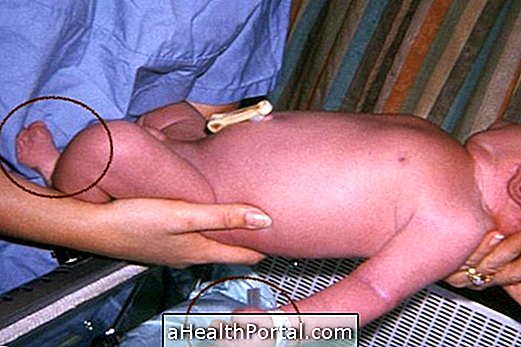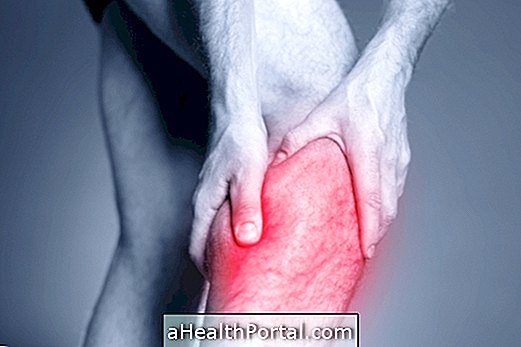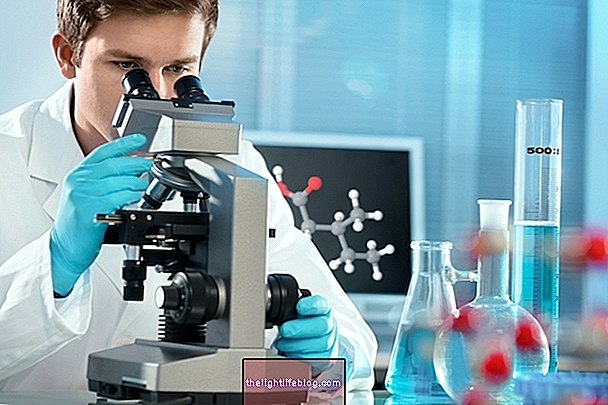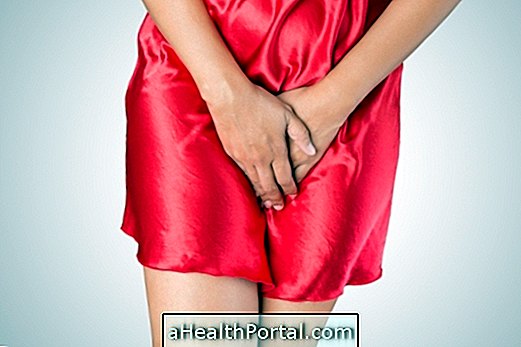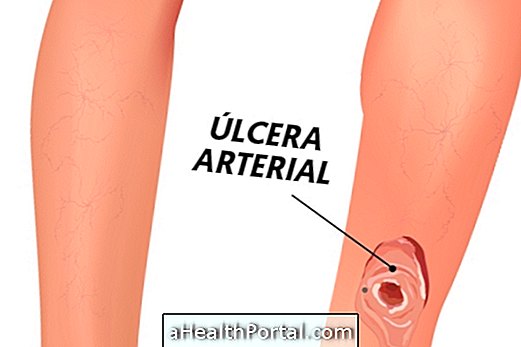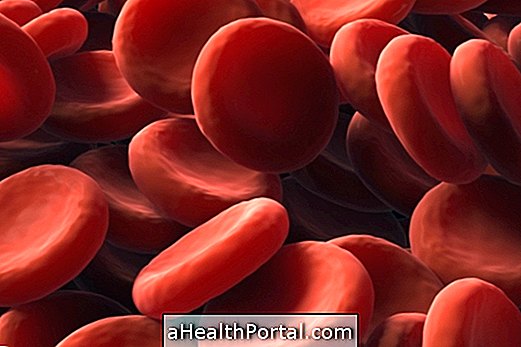Dermatomyositis is a rare inflammatory disease that mainly affects muscles and skin, causing muscle weakness and skin lesions. It occurs most often in women and is more common in adults, but may occur in people under 16 years old, called dermatomyositis in children.
Sometimes dermatomyositis is associated with cancer, and may be a sign of the development of some types of cancer such as lung, breast, ovary, prostate and colon cancer. It may also be associated with other immunity diseases, such as scleroderma and mixed connective tissue disease, for example. Also understand what scleroderma is.
The causes of this disease are of autoimmune origin, in which the body's own defense cells attack the muscles and cause inflammation of the skin, and although the reason for this reaction is not yet fully understood, it is known to be related to genetic alterations, or influenced by the use of some medications or by viral infections. Dermatomyositis has no cure and is therefore a chronic disease; however, treatment with corticosteroids or immunosuppressants may help control symptoms.
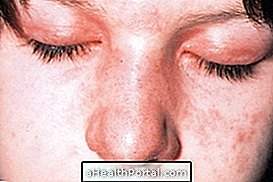

Main symptoms
Symptoms of dermatomyositis may include:
- Muscle weakness, especially in the scapular, pelvic and cervical regions, symmetrically and gradually worsening;
- Appearance of red spots or small lumps on the skin, especially in the joints of the fingers, elbows and knees, called the Gottron's sign or papules;
- Purple spots on the upper eyelids, called heliotrope;
- Pain and swelling of joints;
- Fever;
- Tiredness;
- Difficulty swallowing;
- Stomach pain;
- Vomiting;
- Weight loss.
Generally, people with this disease may have difficulty doing daily activities such as combing their hair, walking, climbing stairs or getting up from a chair. In addition, skin symptoms may worsen with sun exposure.
In more severe cases, or when dermatomyositis arises in association with other autoimmune diseases, other organs such as the heart, lungs or kidneys may still be affected, affecting its functioning and causing serious complications.
How is the diagnosis made?
The diagnosis of dermatomyositis is made by assessing the symptoms of the disease, physical evaluation and examinations such as muscle biopsy, electromyography or blood tests to detect the presence of substances that indicate muscle destruction, such as CPK, DHL or AST, for example.
There may be production of autoantibodies, such as myositis-specific antibodies (MSAs), anti-RNP or antiMJ, for example. which can be found in high amounts in blood tests.
To confirm the diagnosis, it is also necessary for the physician to distinguish dermatomyositis symptoms from other diseases that cause similar symptoms, such as polymyositis or myositis with inclusion bodies, which are also inflammatory diseases of the muscles. Other diseases that should be considered are myofasciitis, necrotizing myositis, polymyalgia rheumatica or inflammations caused by medications, such as clofibrate, simvastatin or amphotericin, for example.
How to treat
The dermatomyositis treatment is done according to the symptoms presented by the patients, but in most cases it includes the use of:
- Corticosteroids like Prednisone, because they reduce the inflammation in the body;
- Immunosuppressants such as Methotrexane, Azathioprine, Mycophenolate or Cyclophosphamide, to decrease immune system response;
- Other remedies, such as Hydroxychloroquine, are useful for relieving dermatological symptoms, such as sensitivity to light, for example.
These remedies are usually taken at high doses for prolonged periods and have the effect of decreasing the inflammatory process and reducing the symptoms of the disease. When these remedies do not work, another option is to administer human immunoglobulin.
It is also possible to do physiotherapy sessions with rehabilitation exercises that help relieve symptoms and prevent contractures and retractions. Photoprotection, with sunscreens, is also indicated to prevent worsening of skin lesions.
When dermatomyositis is associated with cancer, the most appropriate treatment is to treat cancer, often causing the signs and symptoms of the disease to be relieved.


